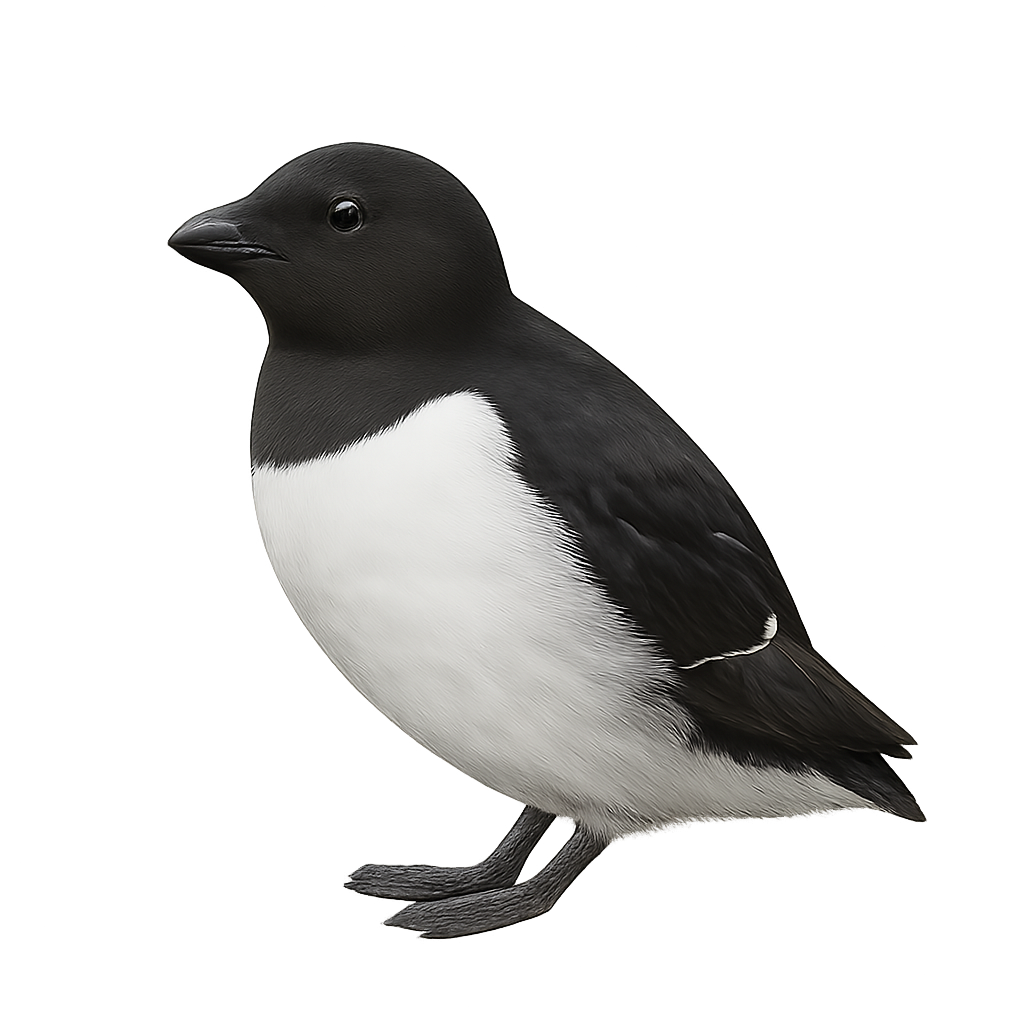Your wildlife photography guide.
Explore the little auk in detail, study its behavior, prepare your shots.
Where to observe and photograph the little auk in the wild
Learn where and when to spot the little auk in the wild, how to identify the species based on distinctive features, and what natural environments it inhabits. The WildlifePhotographer app offers tailored photography tips that reflect the little auk’s behavior, helping you capture better wildlife images. Explore the full species profile for key information including description, habitat, active periods, and approach techniques.
Little Auk
Scientific name: Alle alle

IUCN Status: Least Concern
Family: ALCIDAE
Group: Birds
Sensitivity to human approach: Not very shy
Minimum approach distance: 30 m
Courtship display: May to July
Incubation: 27-29 jours
Hatchings: June to August
Habitat:
Arctic rocky coasts, cliffs, areas near pack ice
Activity period :
Primarily active during the day, with peak activity in the morning and late afternoon.
Identification and description:
The Little Auk is the smallest of the Atlantic alcids, measuring about 19 to 21 cm in length with a wingspan of 34 to 38 cm. Its plumage is black on the back and head, with a white face and belly. It has a short, stout bill adapted for catching small marine prey. A gregarious species, it forms massive breeding colonies on Arctic rocky coasts, nesting in crevices or under boulders. Outside the breeding season, it lives in the open sea, often near pack ice. It feeds mainly on copepods, krill, and small fish, which it captures by diving. Although currently listed as Least Concern, climate change and ocean pollution pose potential threats to its habitats.
Recommended lens:
400 mm – adjust based on distance, desired framing (portrait or habitat), and approach conditions.
Photography tips:
Use a telephoto lens to photograph the Little Auk from cliffs or boats. Prefer soft morning or evening light to capture the contrasts of its plumage. Be discreet to avoid disturbing colonies, especially during the breeding season.
The WildlifePhotographer App is coming soon!
Be the first to explore the best nature spots, track rutting seasons, log your observations, and observe more wildlife.
Already 1 430 wildlife lovers subscribed worldwide

